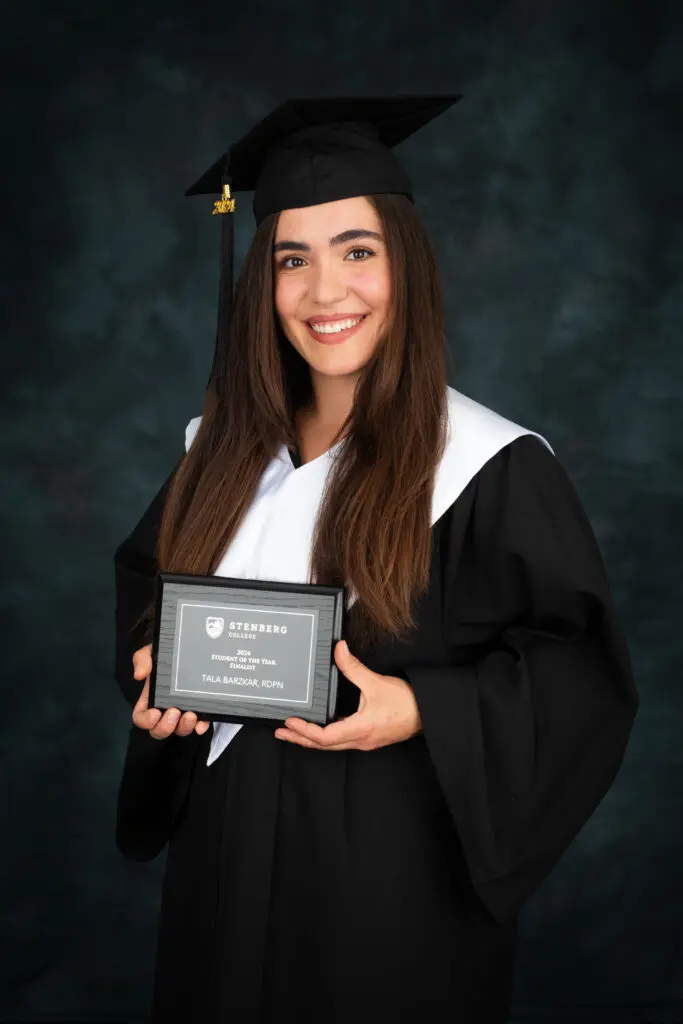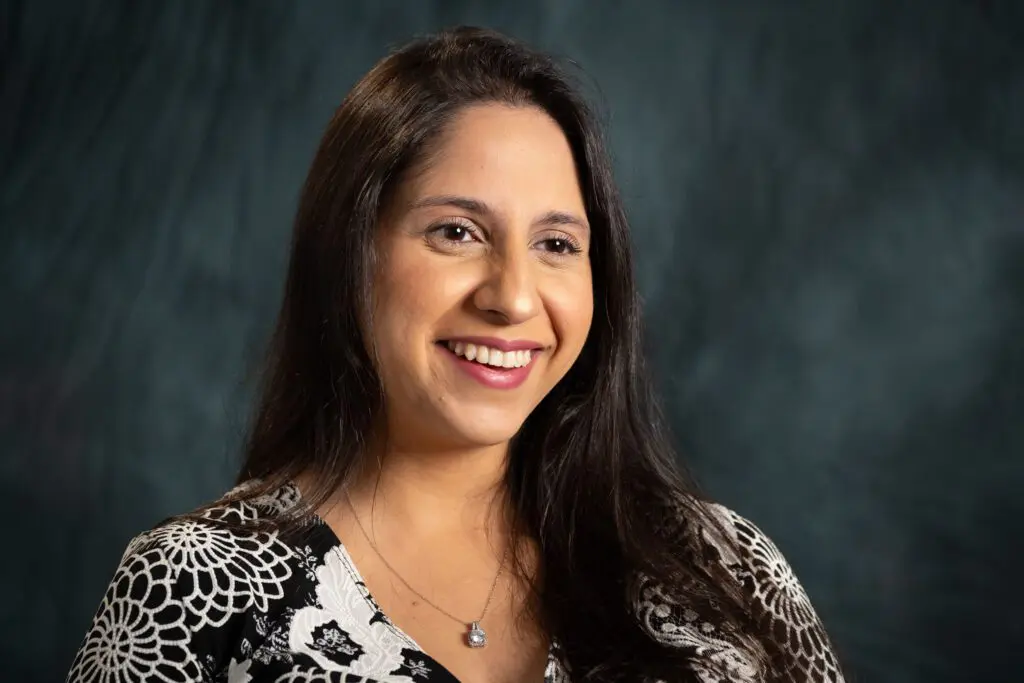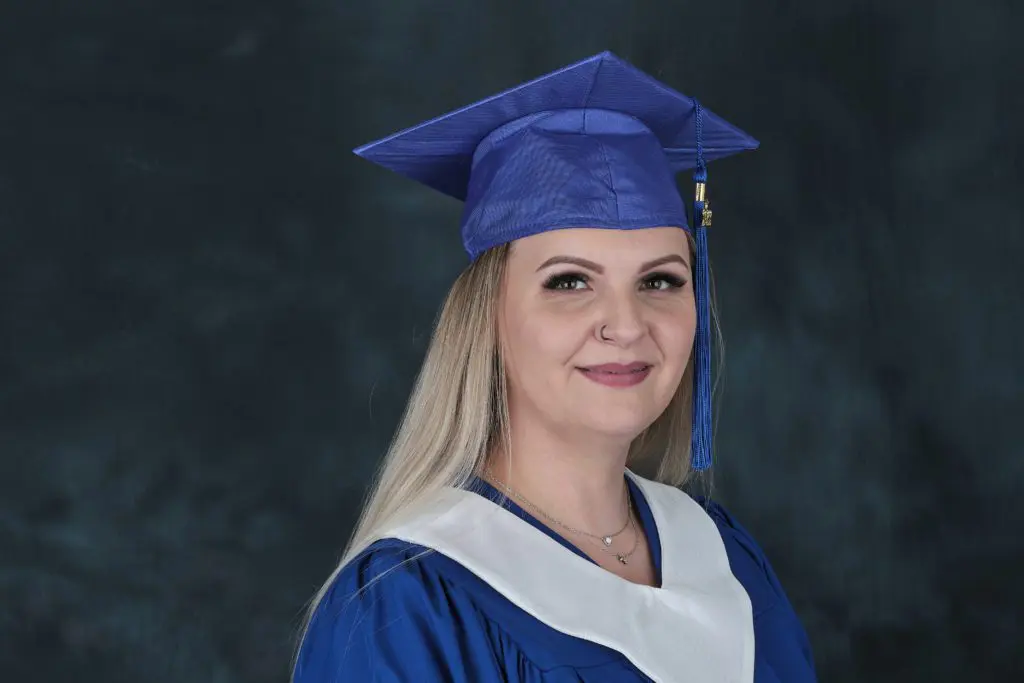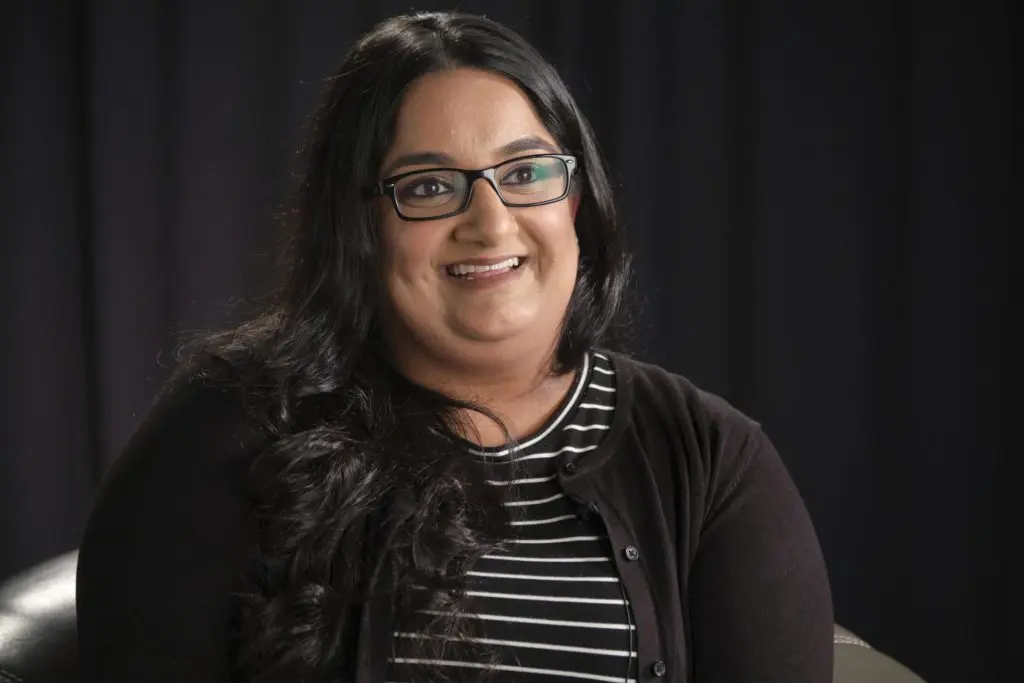During my fourth semester of the Psychiatric Nursing program, we took a medical‑surgical nursing course. All the rumours I had heard about the course were true: it was intense, challenging, and at times, downright gruelling. The thick book and technical content intimidated me. After all, I took this program because I wanted to work with people, not their guts!
However, I quickly learned how important a medical-surgical course is in nursing education. I will rarely meet mental health patients during my career who have not experienced a physical ailment. As I started reading patient charts, my opinion towards medical-surgical nursing theory quickly shifted. For example, a patient might have been admitted for dementia but complications from surgery may require the Psychiatric Nurse to develop a comprehensive plan of care. Each week my knowledge base grew and grew as I learned the importance of medical-surgical education.
The wheels start turning

After we began studying medical components of the cardiovascular system, the wheels in my brain started turning. I learned about blood transfusions and the breadth of patients who could benefit from donated blood. I became anxious to figure out how I could help. I started looking online to find out where and when I could donate blood. A quick internet search took me to the Canadian Blood Services website. While surfing the site, I saw an ad for One Match, a service that connects stem cell donors to recipients.
Since I had taken Anatomy and Physiology and Pathophysiology classes, I knew how important stem cells were in the healing process. My additional knowledge from the medical-surgical nursing course helped me decide that as a member of the healing community, this was the route I wanted to pursue.
A member of the healing community
I signed up online, filled out a brief questionnaire, and clicked submit. A few days later I received a phone call from a One Match employee who explained the process of becoming a stem cell donor and ensuring I knew it wasn’t a quick process.
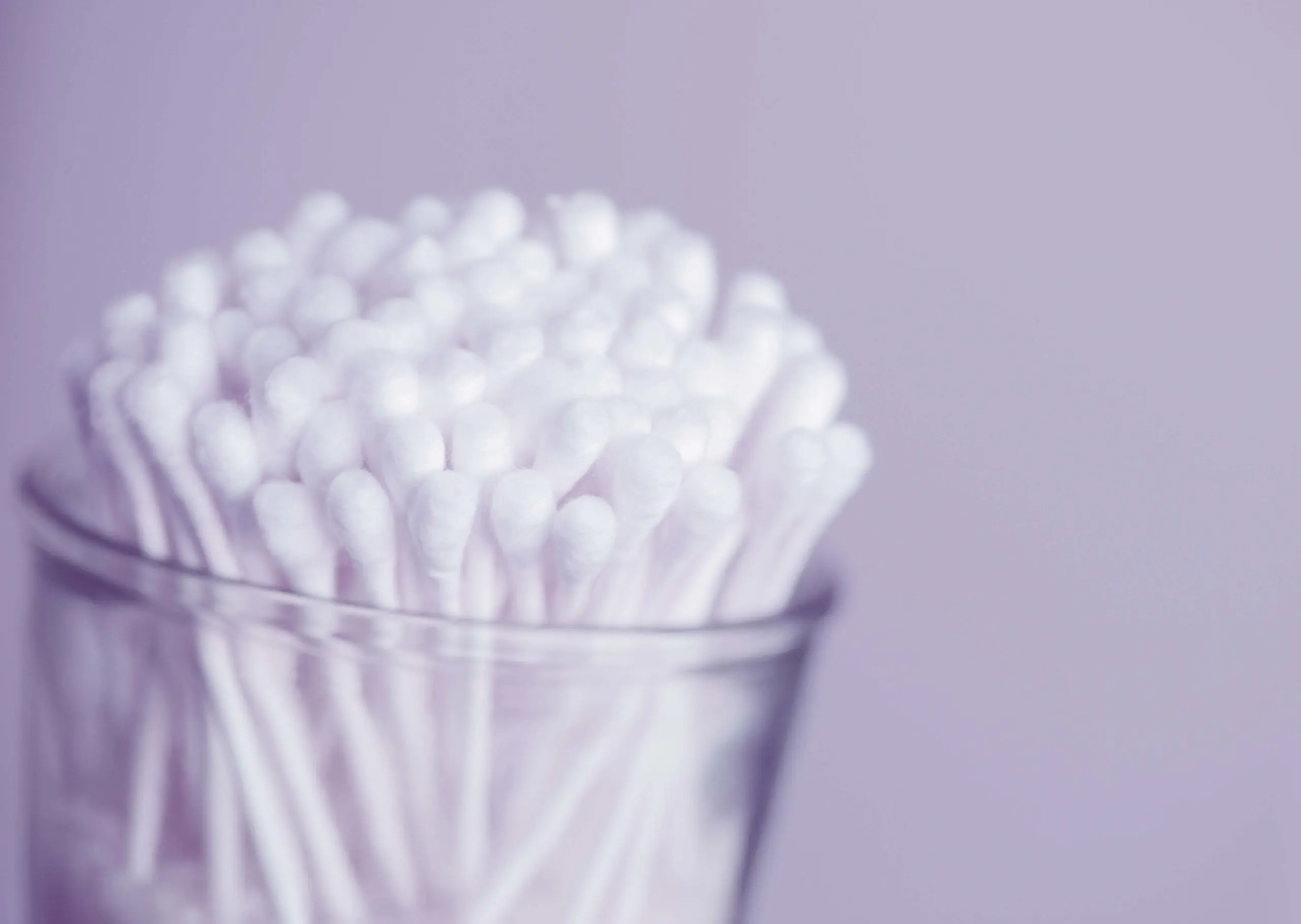
I was surprised to learn that I wouldn’t just be heading to a local clinic during my next break from school. Instead, One Match waits until they have found a recipient who is a match. Then they contact you to move forward with the process. I was warned that I might wait for my entire life and never end up giving stem cells, but that didn’t deter me. I’d rather be waiting in the wings for someone who needs my help. Even if it means I can’t come to the rescue right away.
I was informed I would receive a buccal swab kit and then my sample would be tested. Later that month a swab kit arrived, which came with long Q-tips designed to reach four parts of my mouth on the inside of my cheeks. I read the instructions, swabbed my mouth, wrapped up the sample and mailed it back.
Now waiting in the wings
If you had asked me before I started this Psychiatric Nursing program whether I’d consider being a stem cell donor, you probably would have heard a resounding “no”. It sounded painful, time consuming, and unnecessary. Why would I give up my perfectly good cells? Don’t I need those to survive? Well, after four semesters in this program I can tell you that you really don’t need ALL of them. Your body is an amazing machine that produces cells constantly, and being able to give some of those to someone who needs them is an immeasurable gift. ❊


